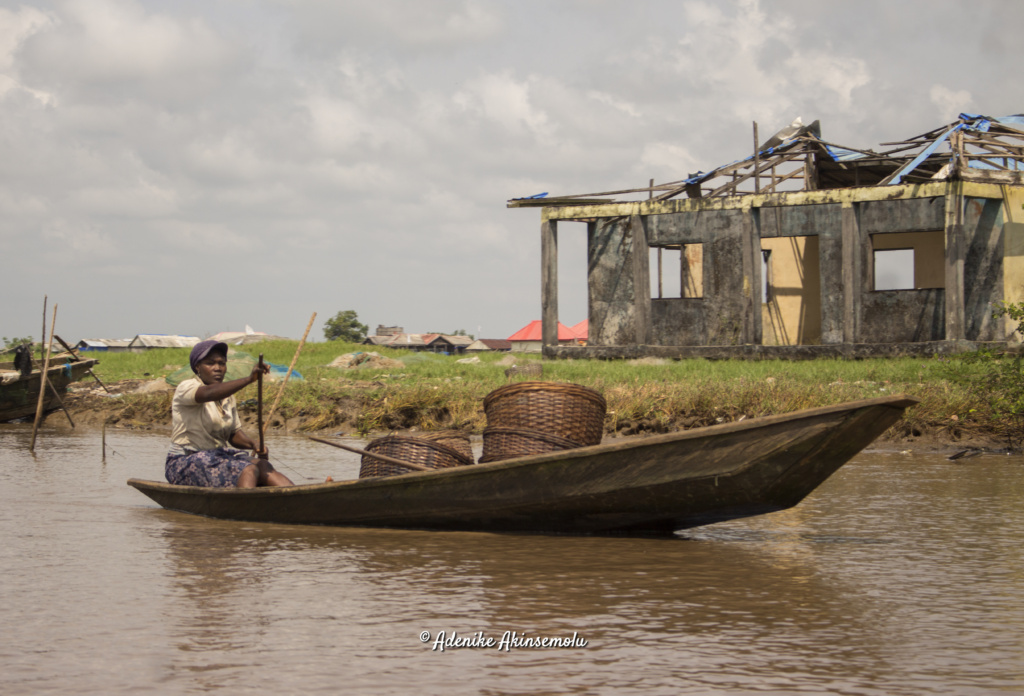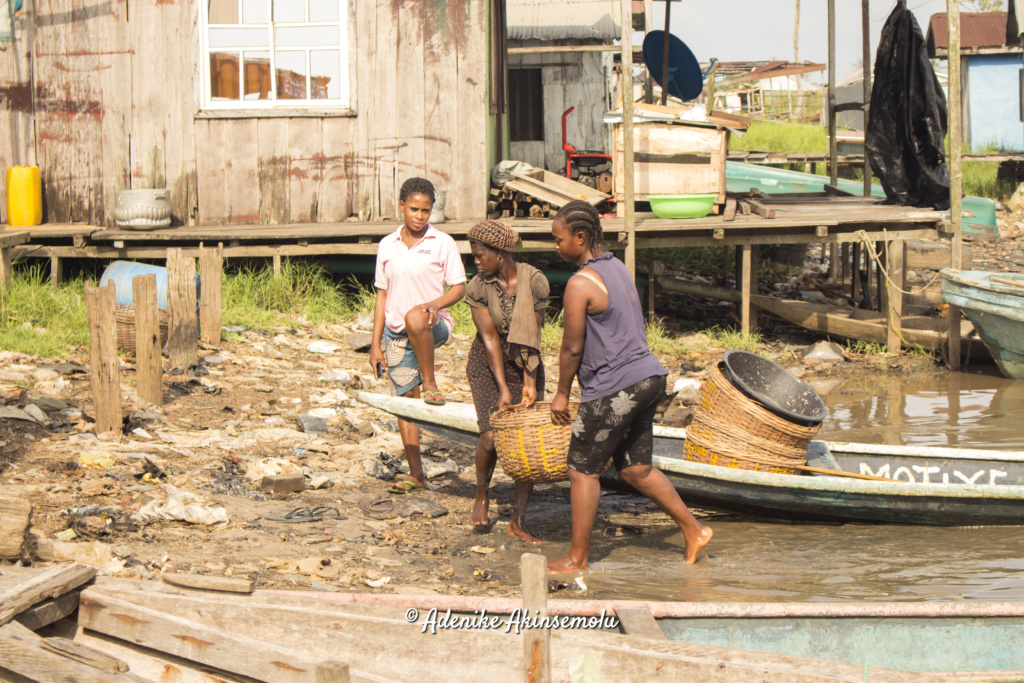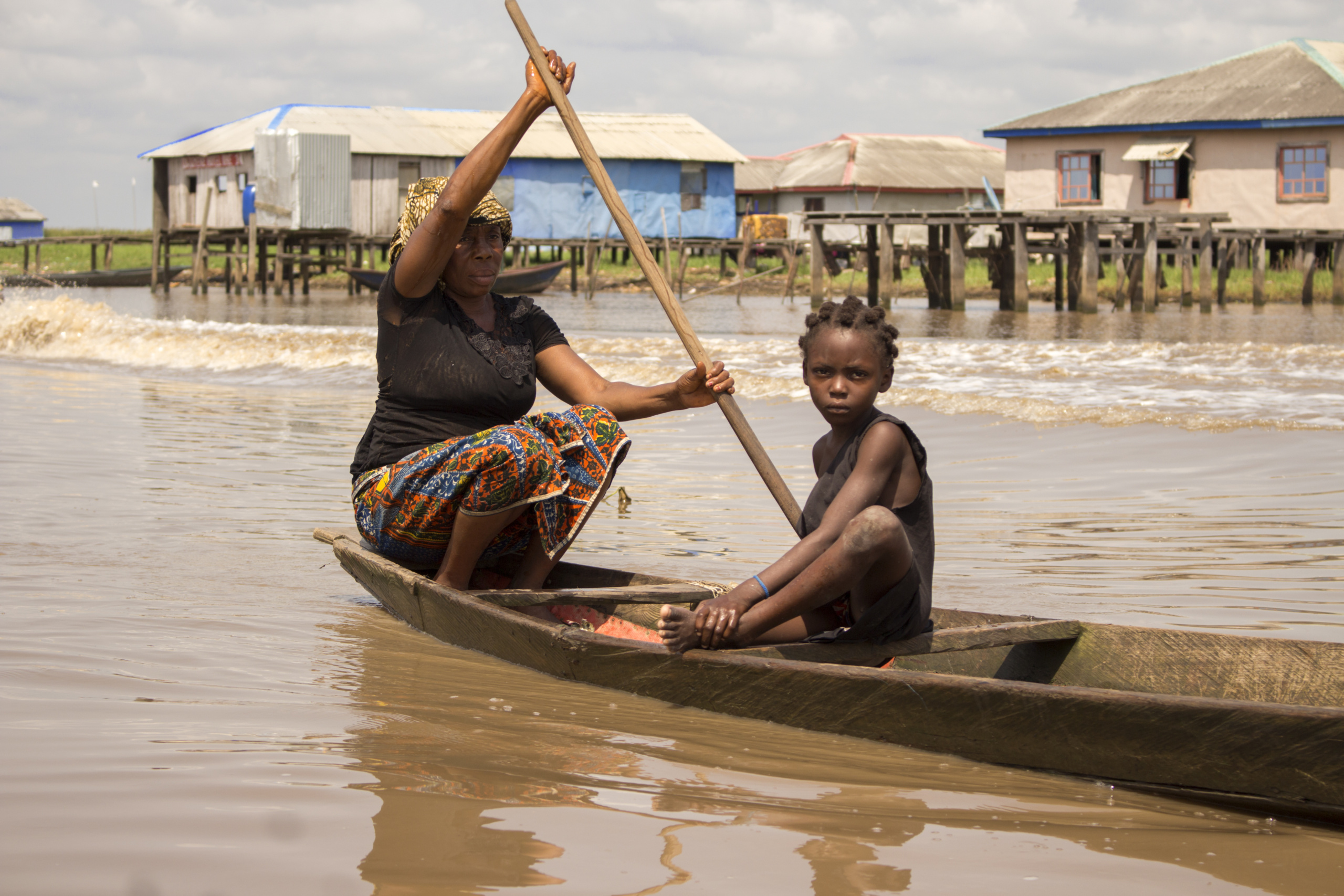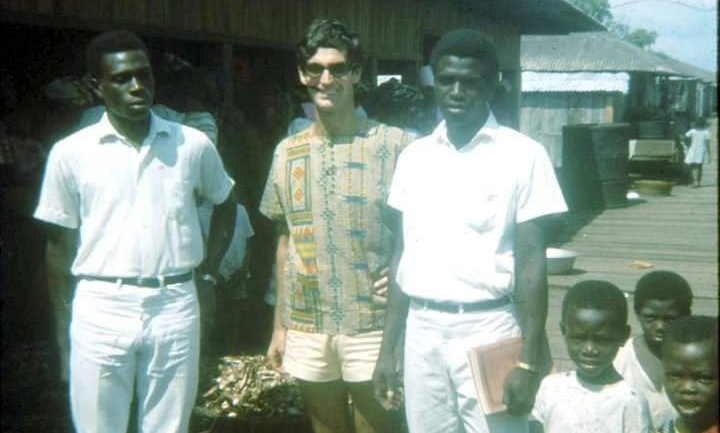In Aiyetoro, the sea is not just a horizon—it is a lifeline. From the earliest days of the community’s founding in 1947, the lagoon and ocean shaped the rhythm of daily life. While men were often known as fishermen, the women of Aiyetoro also carved out a powerful role on the water. To see women on boats was to witness strength, resilience, and the quiet courage that has always sustained the “Happy City.”
Everyday Journeys on the Lagoon
How strong is your museum’s website as part of the whole offer? Does it reflect your identity as an organisation? Does it appeal to your visitors? What does it really need? Are there trends to pay attention to? Others to ignFor women in Aiyetoro, the boat was not a luxury but a necessity. It was their bridge to markets, to schools, to farms, and even to neighbouring communities. At dawn, women would gather their goods—smoked fish, palm oil, or cassava—and climb into wooden canoes. With paddles in hand, they rowed across the lagoon, balancing their loads with remarkable skill.
These daily journeys were not only about trade. They were also about connection. On the boats, women shared news, sang songs, and encouraged one another. Their voices, rising in laughter or prayer, carried across the water.

The Women Traders
Much of Ayetoro’s economy depended on women traders. After fishermen returned with their catch, women bought, processed, and sold the fish in markets as far as Igbokoda and beyond. Boats were their highways, and water their marketplace.
“We women were the engine of the market. Without us, the fish would rot. We carried the sea’s blessings to the people.”
With children strapped to their backs and baskets at their feet, women balanced the dual roles of caregivers and entrepreneurs. Their resilience kept households fed and ensured that Ayetoro remained a hub of commerce and culture.

Navigating Challenges
Life on the water was not without risks. Tides could turn suddenly, storms could blow in, and waves often rocked the narrow canoes. Yet the women learned to read the sea, trusting their instincts and generations of knowledge. Younger girls were taught early—first sitting at the edge of the canoe, then learning to row, and eventually carrying their own goods.
Through these challenges, the women of Ayetoro showed that resilience was not only in enduring the sea’s hardships but in mastering them.
Carriers of Culture and Faith
Beyond trade, the boats also carried faith. On Sundays, families rowed across the lagoon to gather for worship. Women led choirs in canoes, their songs floating across the water like hymns carried by the tide. Even weddings, funerals, and community celebrations often began with boat journeys led by women.
The image of women on boats, balancing goods and guiding their children, remains one of the most powerful pictures of Ayetoro’s history. It is a story of quiet strength, of survival, and of the vital role women have always played in shaping life on the water’s edge.



